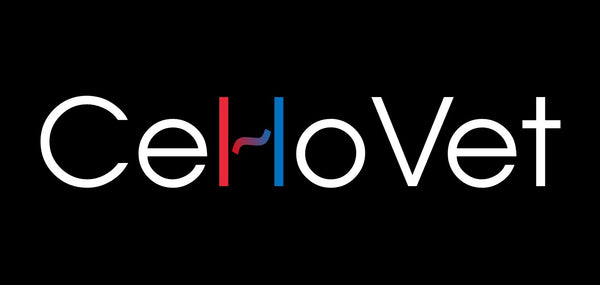CelloVet update from ACVS Seattle 2016 | Veterinary cellophane for the world
I recently had the pleasure of meeting notable veterinarians and technicians alike at the ACVS Summit meeting in Seattle. Between all the meet and greet however, there were a couple of speakers (Drs Losinski and Nelson) who touched on the resurgence of cellophane as a product for use in portosystemic shunt attenuation.

Dr Losinski (Oregon State) presented her paper on the effect of polymer vs metallic clips used to clip cellophane on mechanical strength as well as CT artifact induction. Unsurprisingly the polymer clips reduced CT artifact, but were less secure than the metallic clips when placed under tensile loads.
Dr Nelson (Michigan State) discussed her recent publication on CT angiography and description of shunt morphology pre/post attenuation using what in hind sight was plastic thin film and not cellophane. Interestingly, her study highlighted the complexities of shunt anatomy and showed why CT angiography may be considered the most useful imaging modality with this disease.
Both speaker's respective studies acknowledged they were hindered by the lack of CelloVet or 'real' cellophane.
I am hopeful that after the 2016 ACVS summit, veterinary surgeons will be more aware of the availability of CelloVet and the difference between what is 'real' cellophane and what is plastic. It is important to know the effects of any implant in an animal - cigarette packaging and candy wrappers are not suitable for shunt attenuation. In order to advance our understanding of how CelloVet behaves compared to other "cellophanes" in large cohorts, I encourage researchers around the world to contact me with proposals for projects. Let's work together to create better outcomes for our patients.

